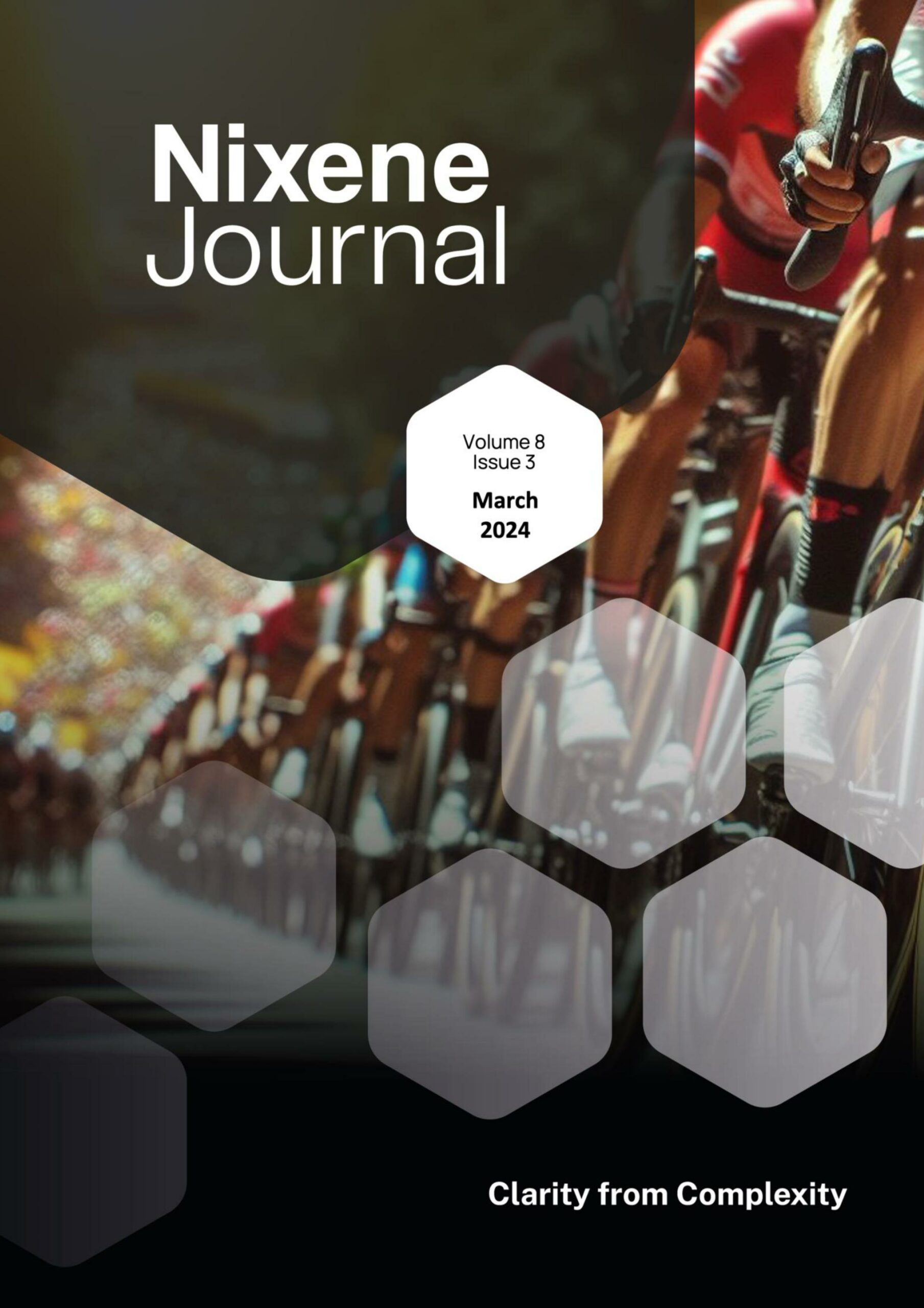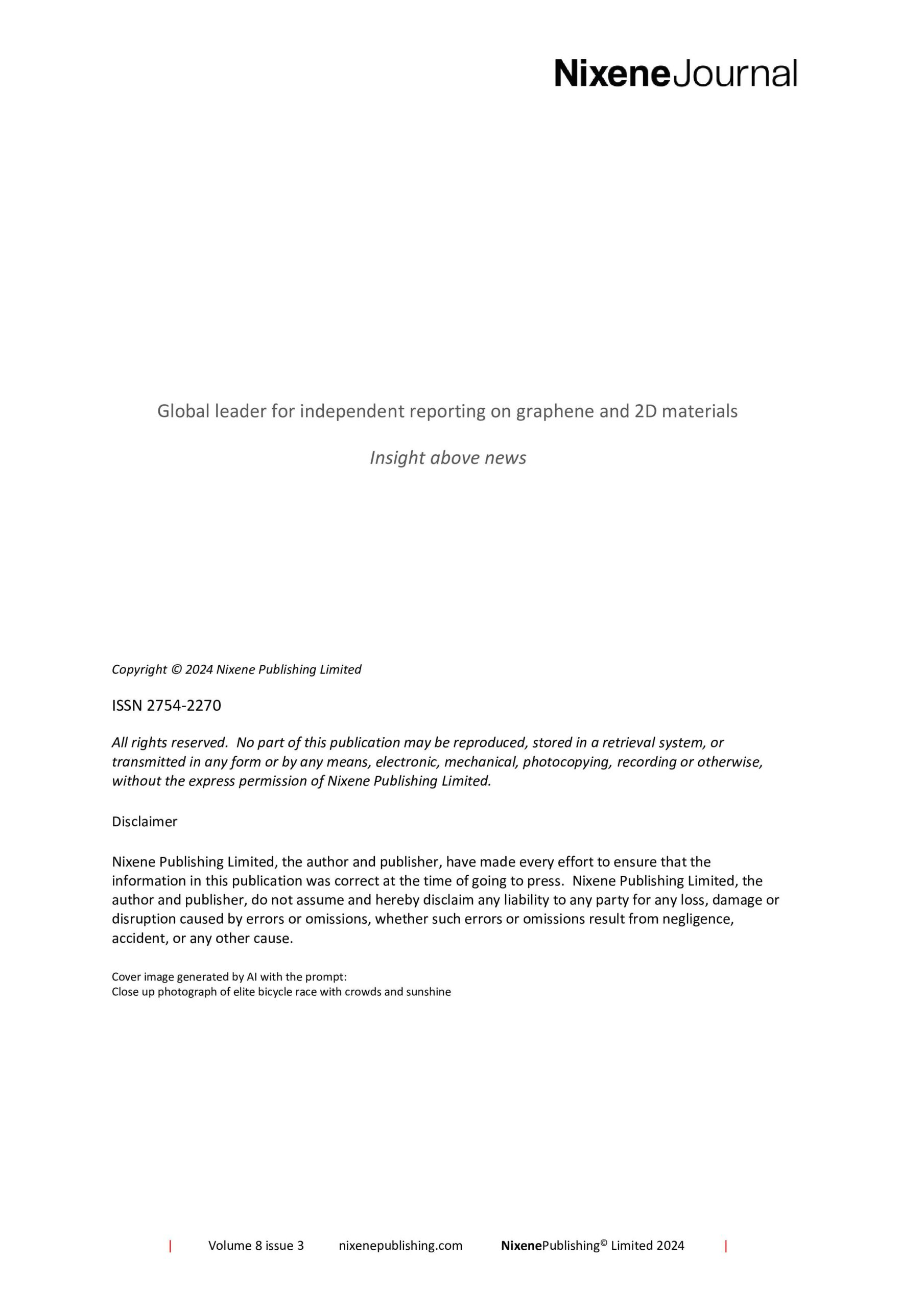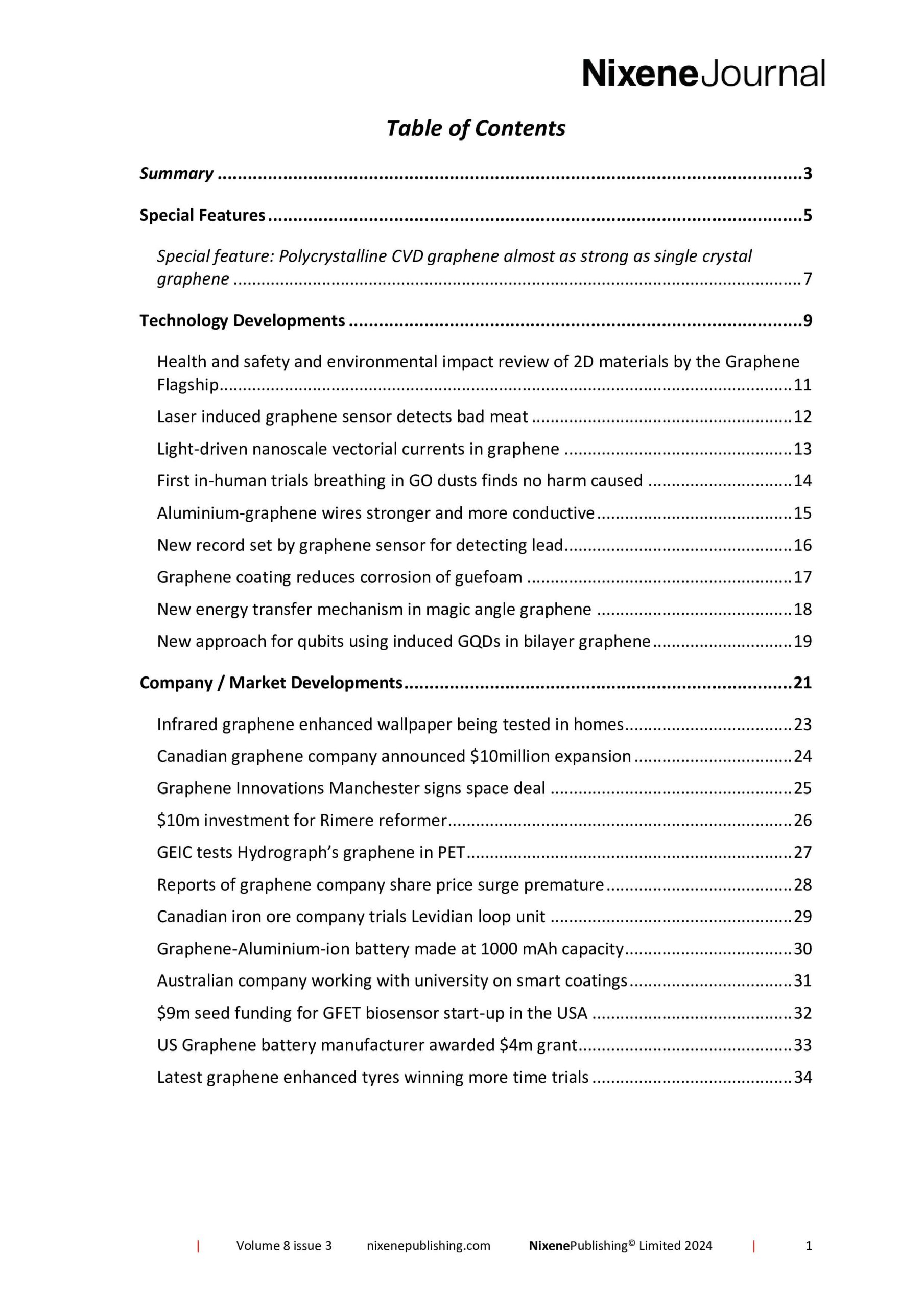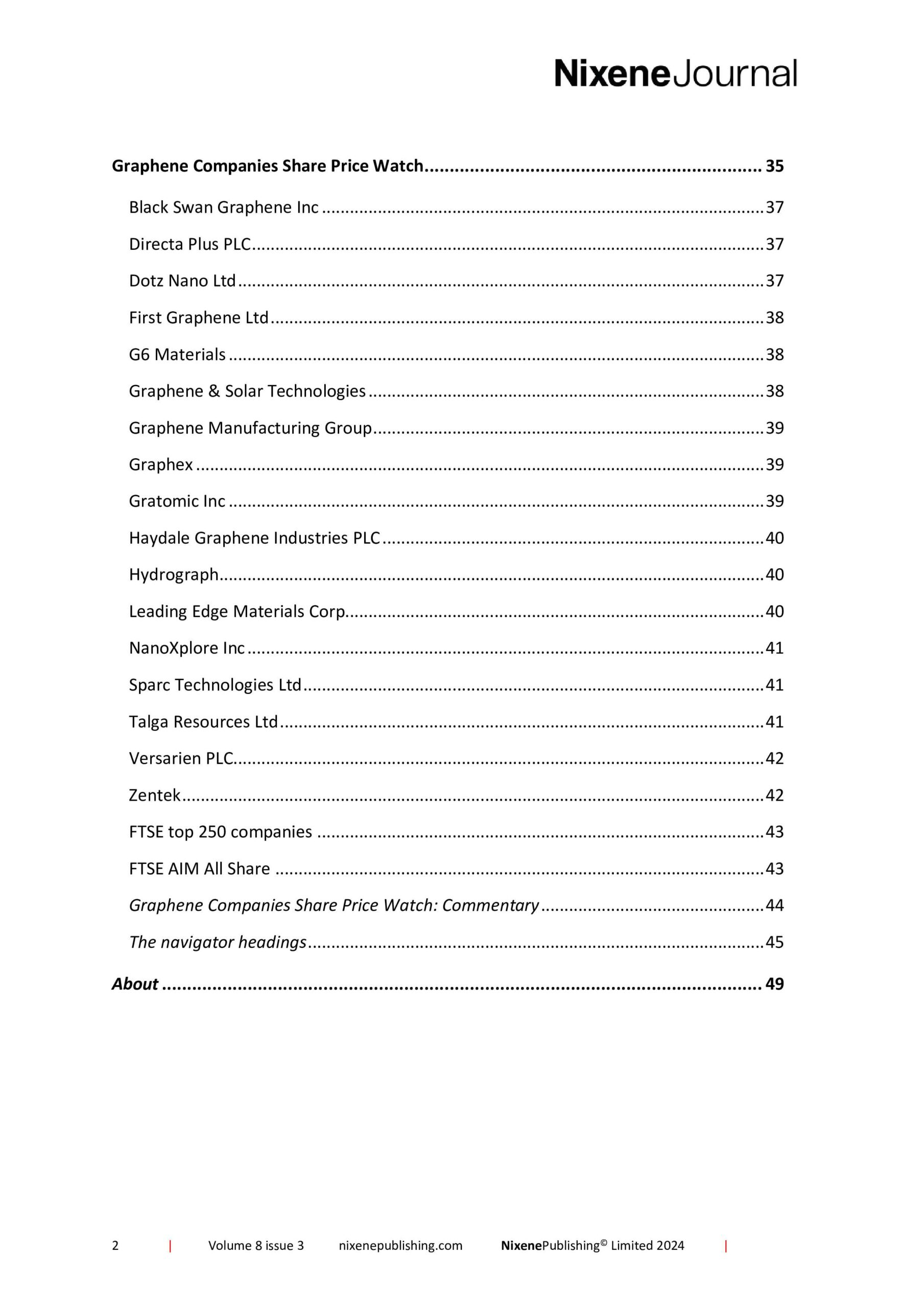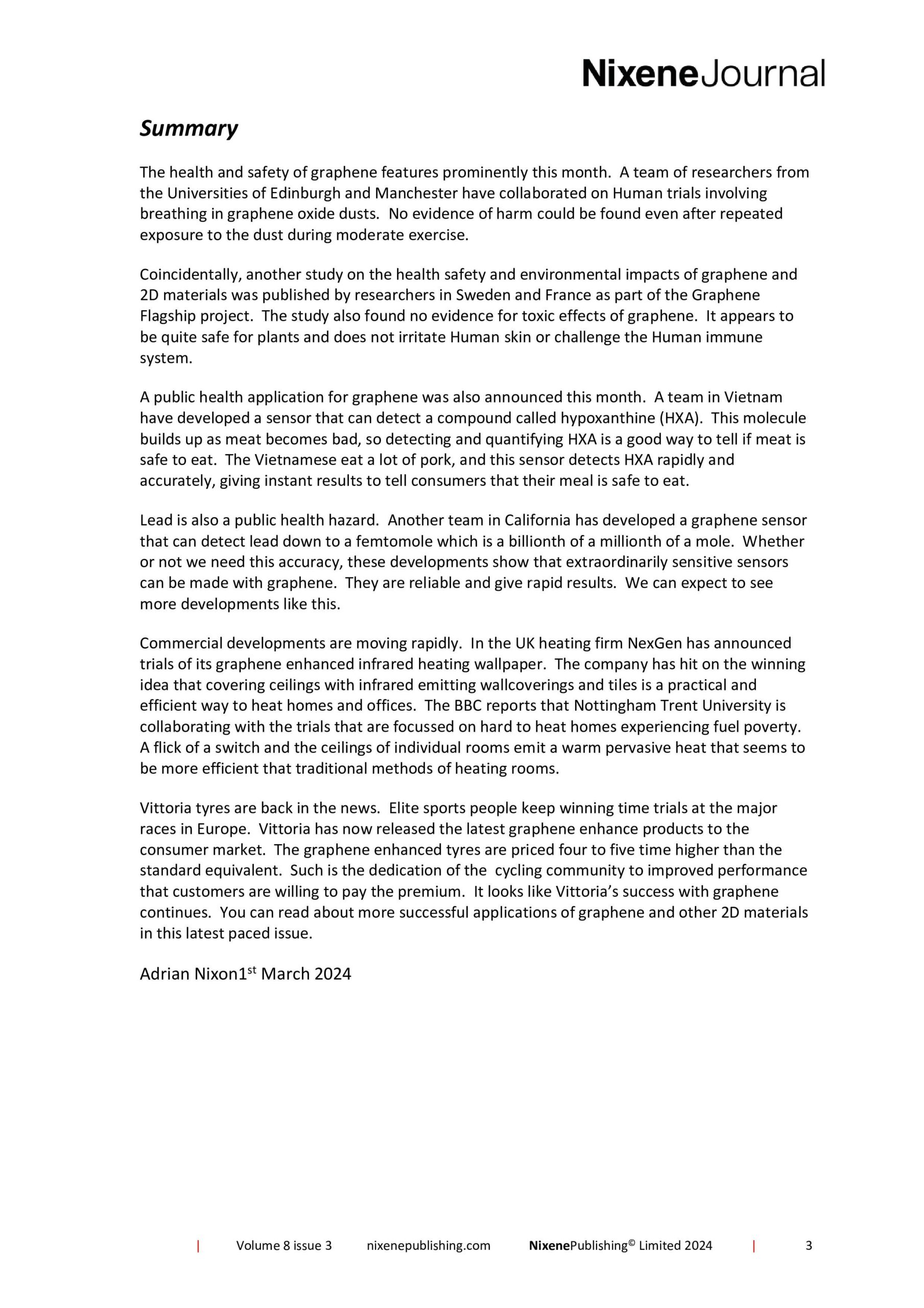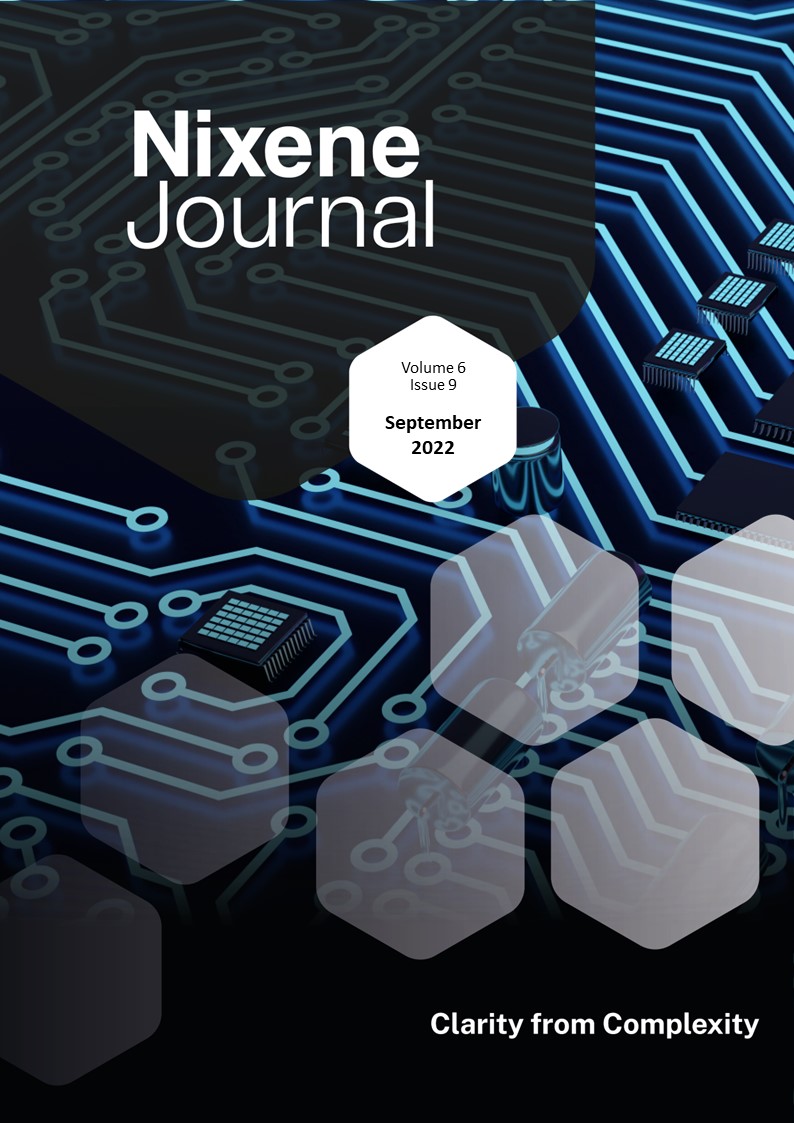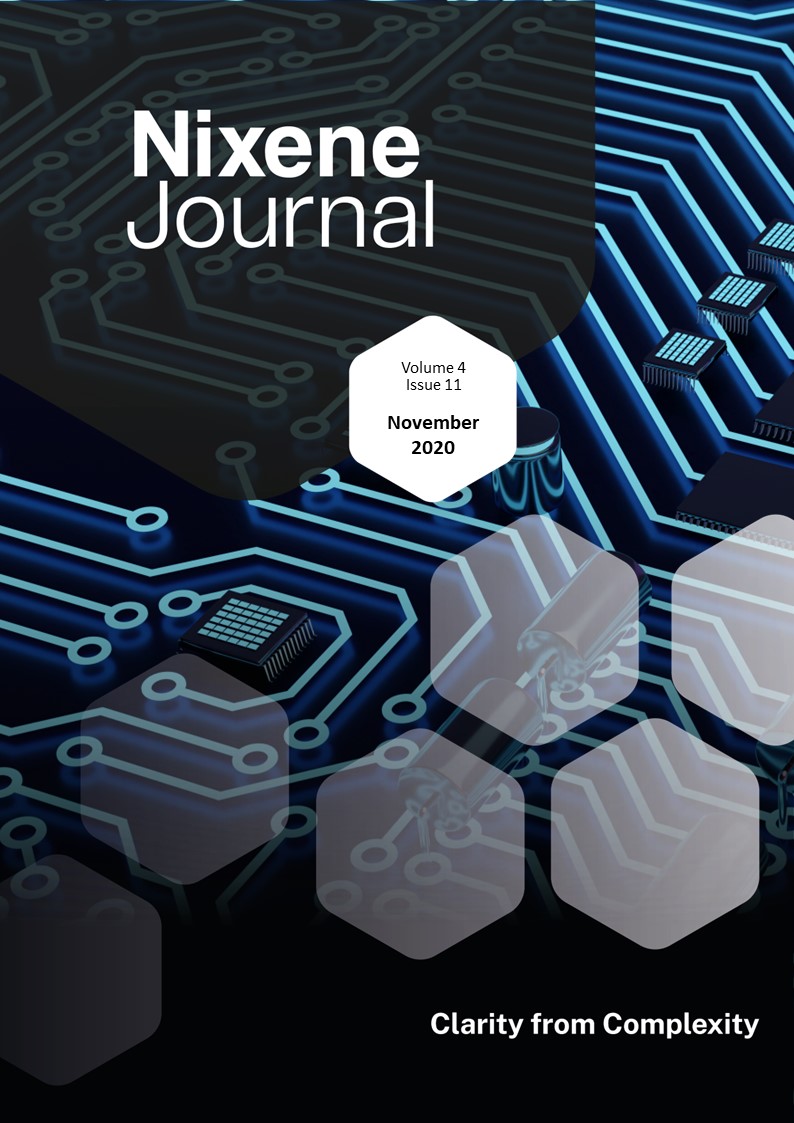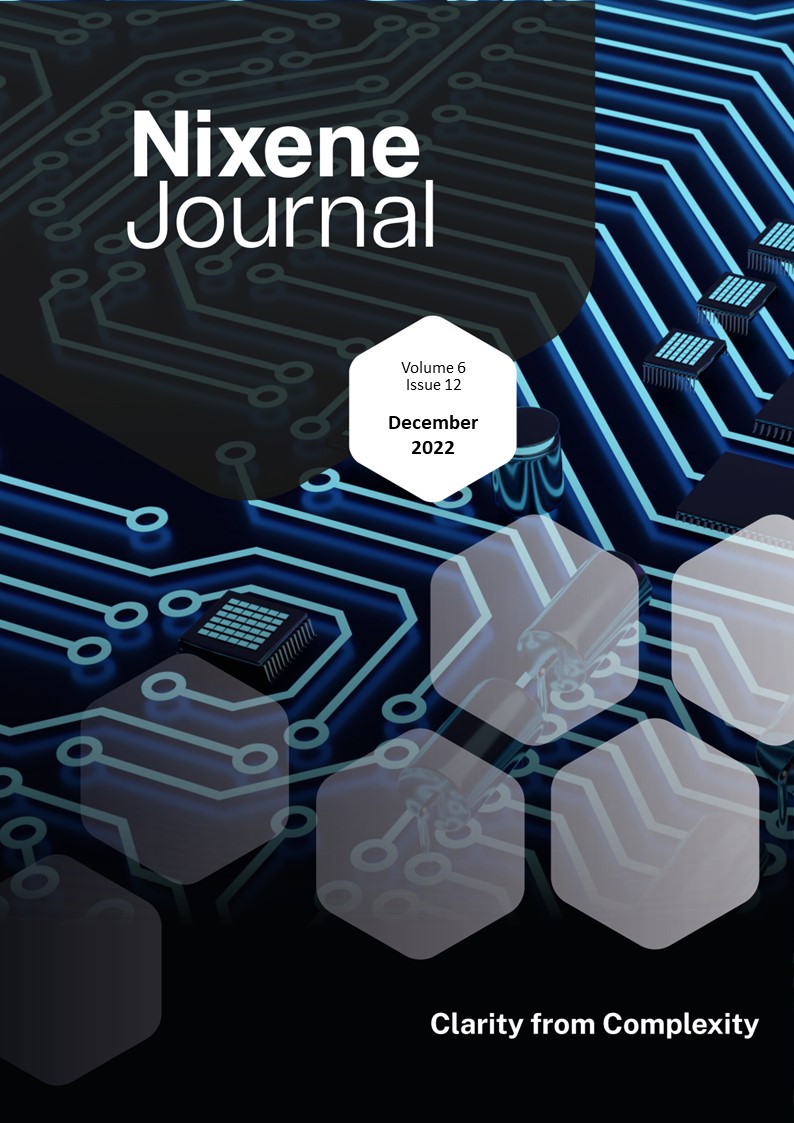Description
The health and safety of graphene features prominently this month. A team of researchers from the Universities of Edinburgh and Manchester have collaborated on Human trials involving breathing in graphene oxide dusts. No evidence of harm could be found even after repeated exposure to the dust during moderate exercise.
Coincidentally, another study on the health safety and environmental impacts of graphene and 2D materials was published by researchers in Sweden and France as part of the Graphene Flagship project. The study also found no evidence for toxic effects of graphene. It appears to be quite safe for plants and does not irritate Human skin or challenge the Human immune system.
A public health application for graphene was also announced this month. A team in Vietnam have developed a sensor that can detect a compound called hypoxanthine (HXA). This molecule builds up as meat becomes bad, so detecting and quantifying HXA is a good way to tell if meat is safe to eat. The Vietnamese eat a lot of pork, and this sensor detects HXA rapidly and accurately, giving instant results to tell consumers that their meal is safe to eat.
Lead is also a public health hazard. Another team in California has developed a graphene sensor that can detect lead down to a femtomole which is a billionth of a millionth of a mole. Whether or not we need this accuracy, these developments show that extraordinarily sensitive sensors can be made with graphene. They are reliable and give rapid results. We can expect to see more developments like this.
Commercial developments are moving rapidly. In the UK heating firm NexGen has announced trials of its graphene enhanced infrared heating wallpaper. The company has hit on the winning idea that covering ceilings with infrared emitting wallcoverings and tiles is a practical and efficient way to heat homes and offices. The BBC reports that Nottingham Trent University is collaborating with the trials that are focussed on hard to heat homes experiencing fuel poverty. A flick of a switch and the ceilings of individual rooms emit a warm pervasive heat that seems to be more efficient that traditional methods of heating rooms.
Vittoria tyres are back in the news. Elite sports people keep winning time trials at the major races in Europe. Vittoria has now released the latest graphene enhance products to the consumer market. The graphene enhanced tyres are priced four to five time higher than the standard equivalent. Such is the dedication of the cycling community to improved performance that customers are willing to pay the premium. It looks like Vittoria’s success with graphene continues. You can read about more successful applications of graphene and other 2D materials in this latest paced issue.
Adrian Nixon
1st March 2024

